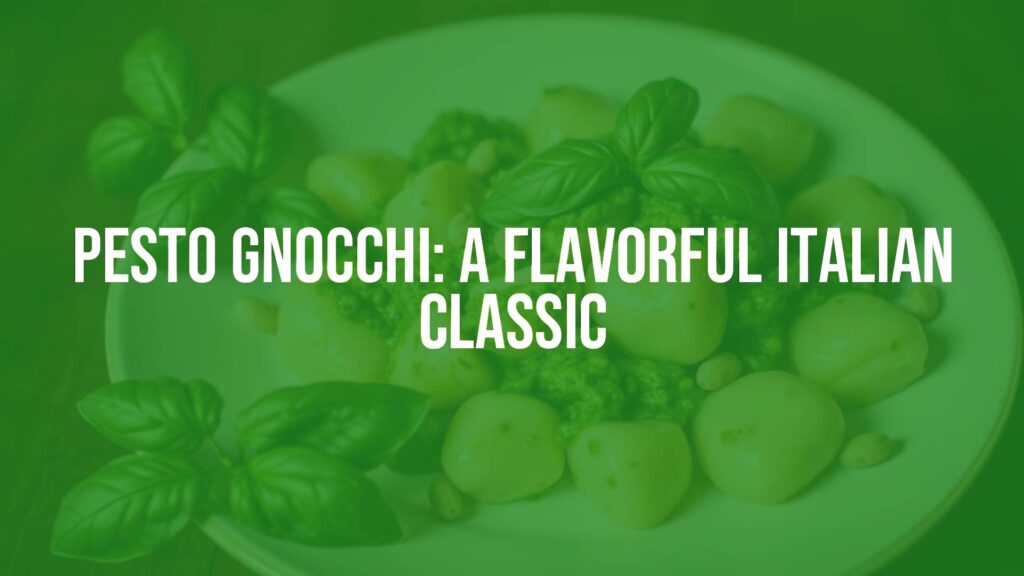Pesto Gnocchi: An Italian Comfort Dish
Introducing Pesto Gnocchi
Pesto gnocchi combines pillowy soft potato dumplings—known as gnocchi—with the bold, herbal essence of classic Italian pesto. This vibrant dish is beloved for its comforting texture and the harmonious marriage of earthy, nutty, and herbaceous flavors, capturing the essence of Ligurian cuisine in a single bite.
Origins and Historical Roots
While gnocchi can trace its origins back to Roman times, the pesto sauce hails from the Liguria region, specifically Genoa. Traditionally, pesto alla Genovese is prepared by crushing fresh basil, pine nuts, garlic, Parmigiano Reggiano, and extra virgin olive oil in a mortar and pestle. The pairing of these two elements—gnocchi and pesto—gained popularity over the last century as regional Italian flavors became intertwined, celebrating both northern Italian pasta craftsmanship and Liguria’s iconic sauce.
Defining Characteristics
What sets pesto gnocchi apart is the interplay of texture and taste. The gnocchi themselves are usually light, yielding, and tender, absorbing the lush, aromatic pesto. A well-made pesto coats each piece, delivering a fragrant burst of basil and garlic with creamy, cheesy undertones and a subtly nutty finish. The appearance is inviting, featuring vivid green flecks atop golden-white gnocchi that shine with a light gloss of oil.
Essential Ingredients
The two pillars of this dish are:
- Gnocchi: Traditionally made from potatoes, flour, and sometimes egg, although variations using ricotta or sweet potato are also popular.
- Pesto: Classic Ligurian pesto consists of fresh basil, pine nuts, garlic, Parmigiano Reggiano or Grana Padano, Pecorino, and high-quality olive oil. Some households add butter to create a richer flavor.
Popular Variations and Substitutions
Pesto gnocchi is adaptable. Some cooks swap pine nuts for walnuts or almonds to create alternative flavor profiles. Cheese selection varies according to preference and availability, and vegan recipes substitute nutritional yeast for cheese. You may also find gnocchi prepared from pumpkin or beetroot for seasonal or vibrant color variations. Occasionally, vegetables like cherry tomatoes or green beans are tossed with the gnocchi for added texture and freshness.
Serving Traditions and Pairings
This dish is typically served hot, either as a primo (first course) or a satisfying main. It is often garnished with an extra sprinkle of grated cheese or toasted pine nuts for a textural contrast. Pesto gnocchi pairs beautifully with crisp white wines such as Vermentino or Pinot Grigio, which complement the herbal and nutty notes. A simple green salad can further enhance the meal’s freshness, while a light Italian lager serves as a refreshing accompaniment during summer months.
Conclusion
Pesto gnocchi stands as a testament to Italian culinary ingenuity—uniting regions, traditions, and flavors in every forkful. Its adaptability and irresistible combination of tastes ensure it remains a staple on Italian tables and restaurant menus worldwide.

